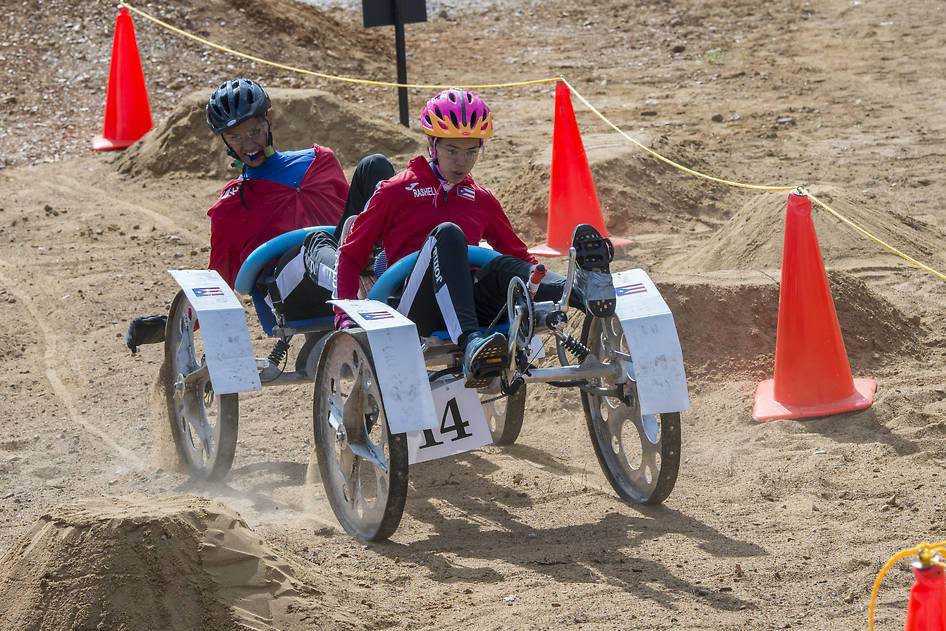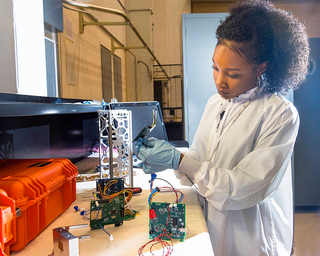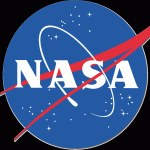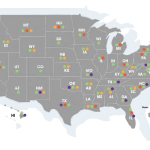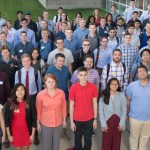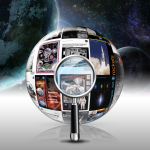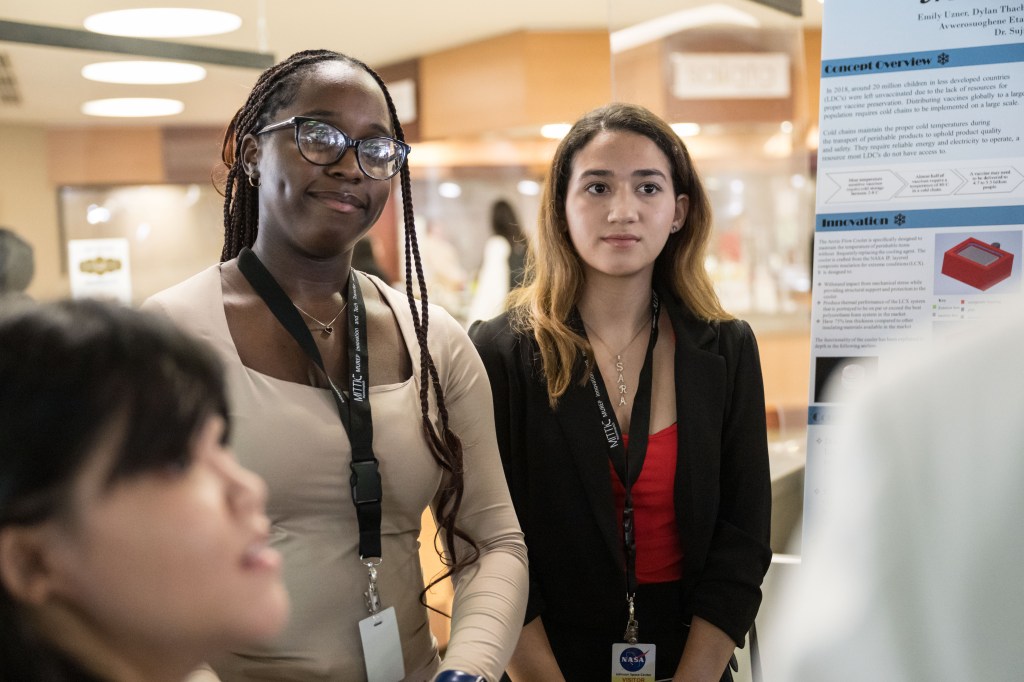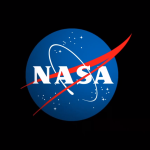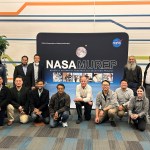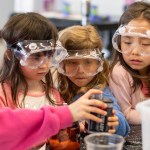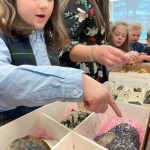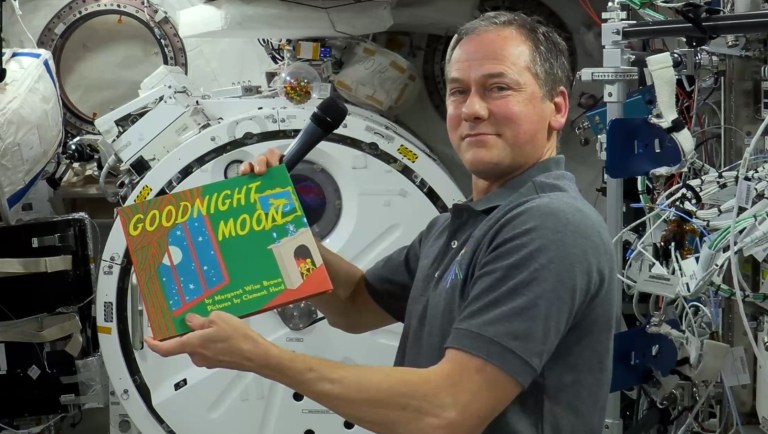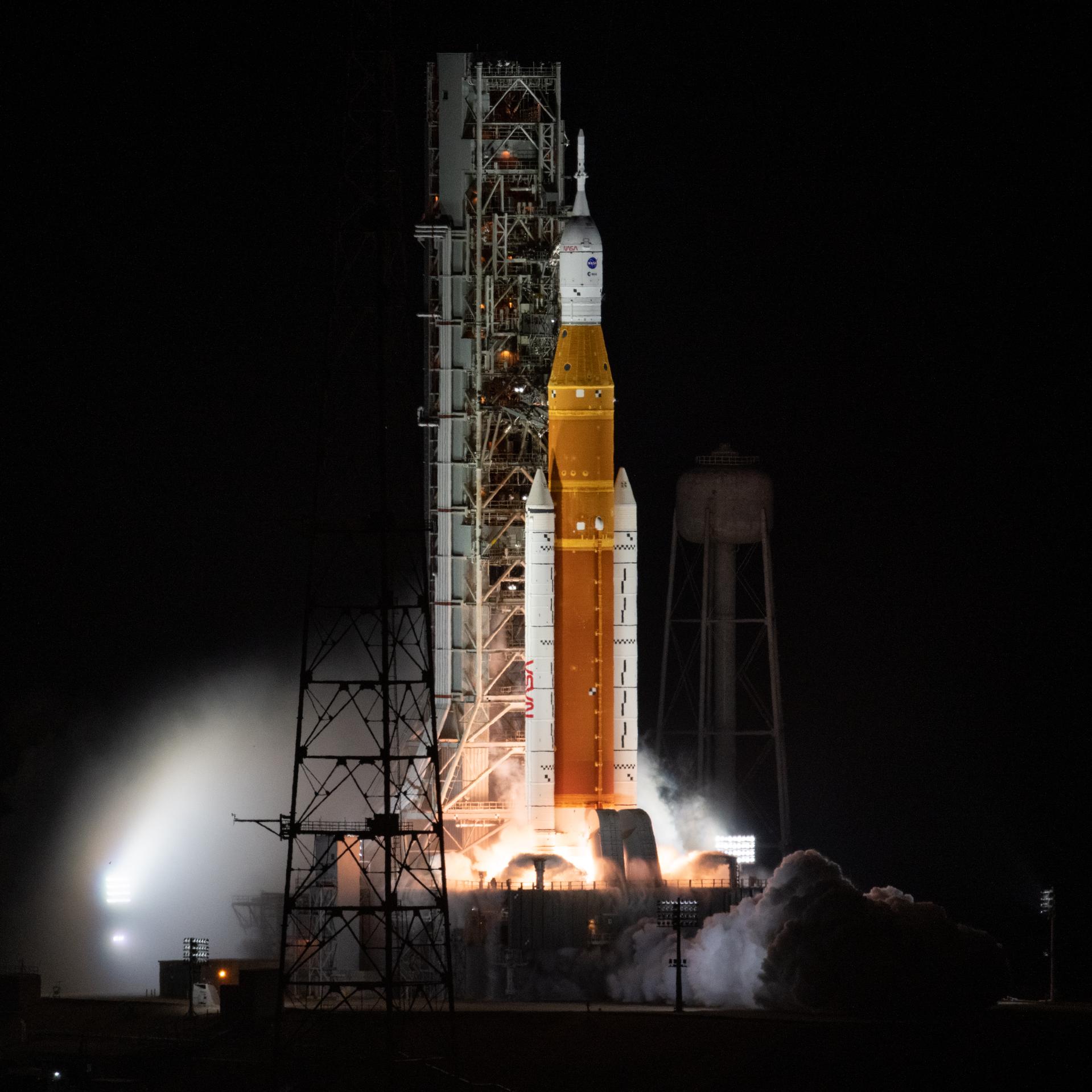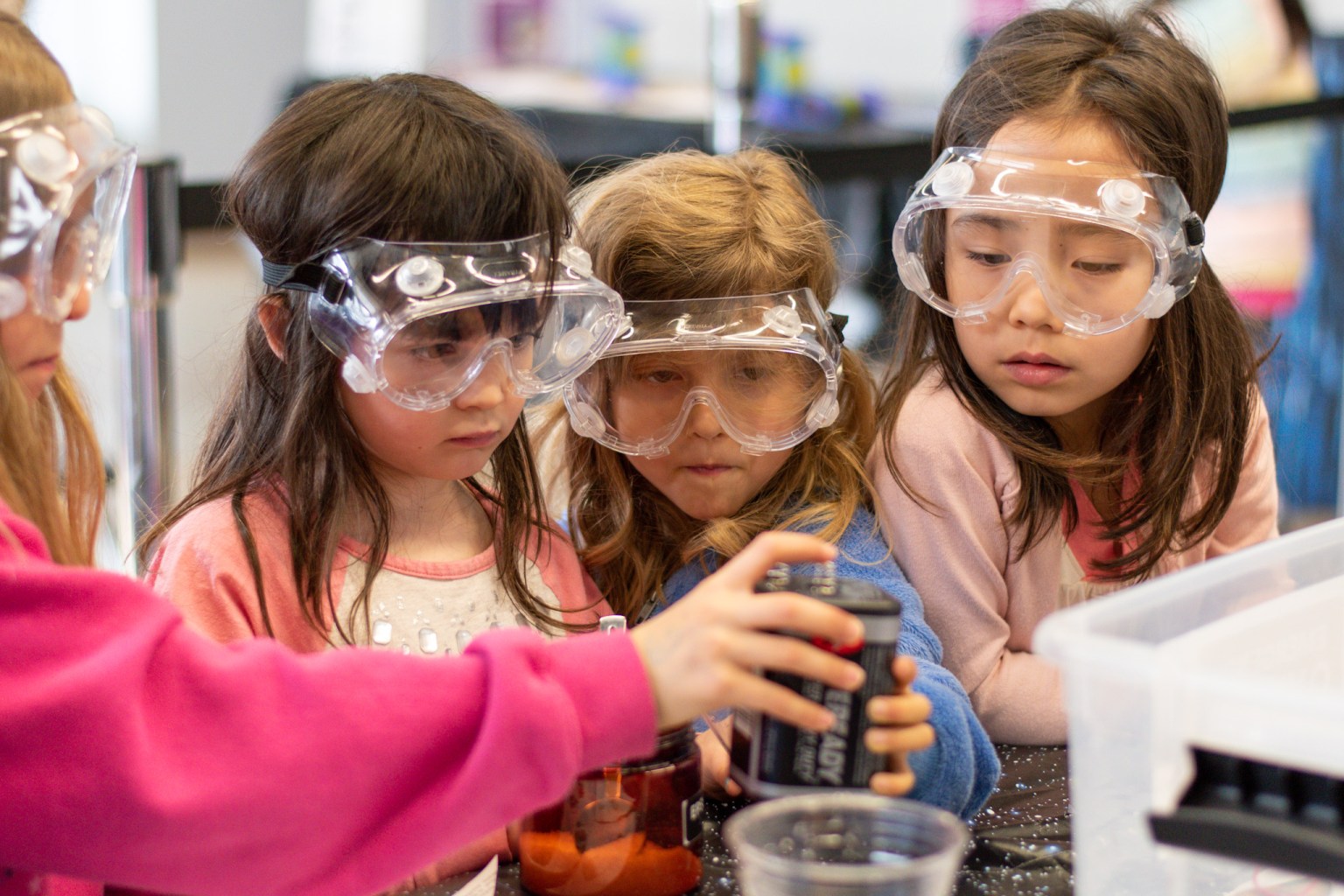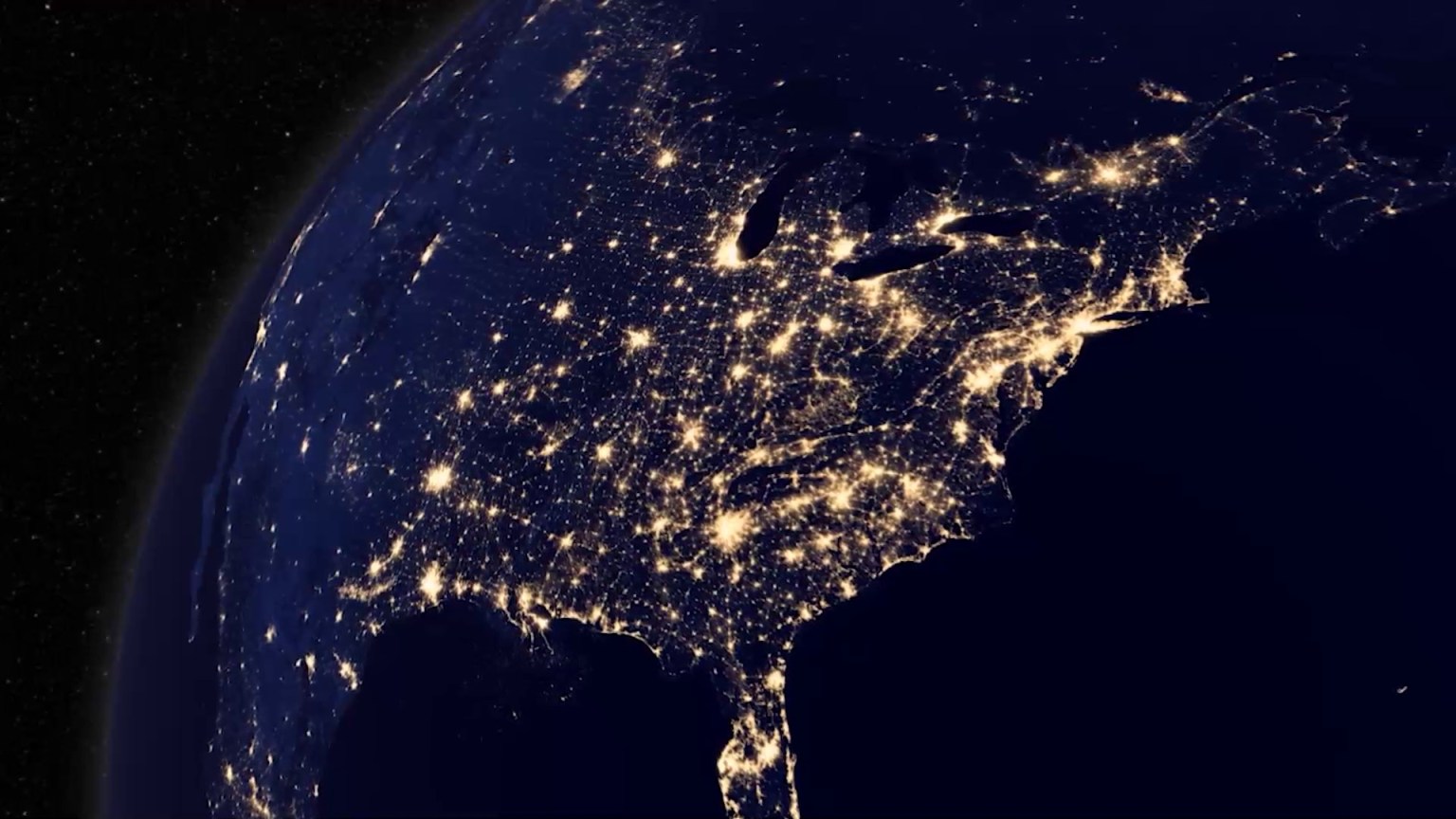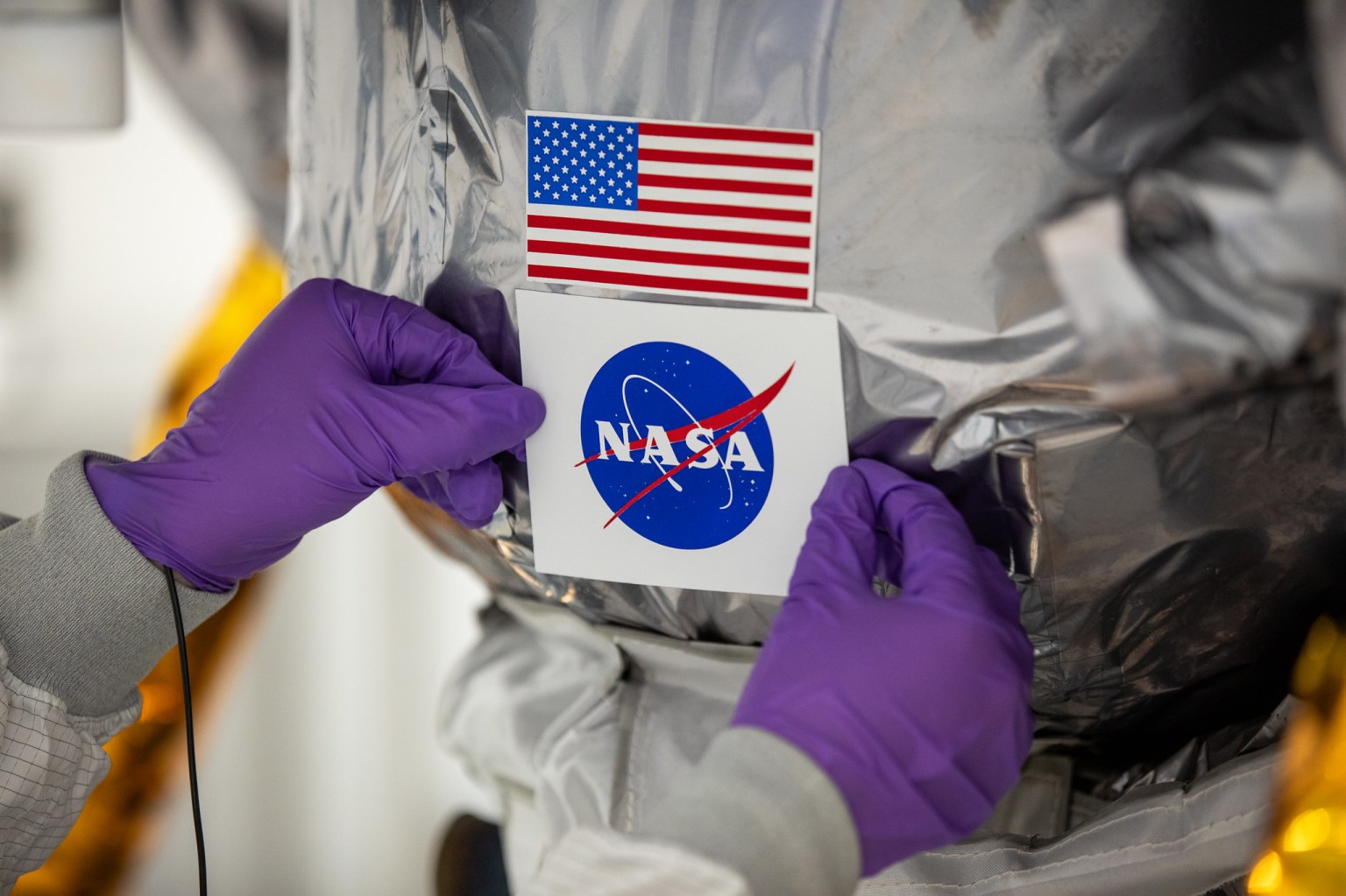STEM Engagement Impacts
NASA provides an exciting array of STEM experiences and opportunities to immerse students in the agency’s missions and projects. By maintaining a steadfast focus on engaging students, and supporting educators and educational institutions, NASA seeks to build the next generation STEM workforce and broaden student participation to increase diversity, equity and inclusion in STEM fields.
What we measure: Learning Questions
NASA Strategy for STEM Engagement
Build the Next Generation of Explorers
The 2022 NASA Strategic Plan Objective 4.3, “Build the next generation of explorers,” establishes the agency’s STEM engagement strategy. NASA’s STEM Engagement Strategic Implementation Plan supports the implementation of the strategy and outlines systemic efforts that support the coordination and execution of NASA’s STEM engagement work from 2024 through 2026, when NASA’s Strategic Plan is expected to be revised.
View NASA’s STEM Engagement Strategic Implementation Plan about NASA Strategy for STEM Engagement
Learn More
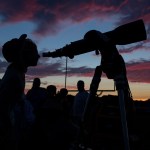
Sign-up for the NASA EXPRESS Newsletter
Keep up with the latest NASA STEM happenings by subscribing to the NASA EXPRESS newsletter. Each weekly email features at-home activities to inspire learning and exploration. Find crafting ideas, science experiments with household items and videos to watch as a family. Updates on workshops, internships, contests, and student challenges are also included.
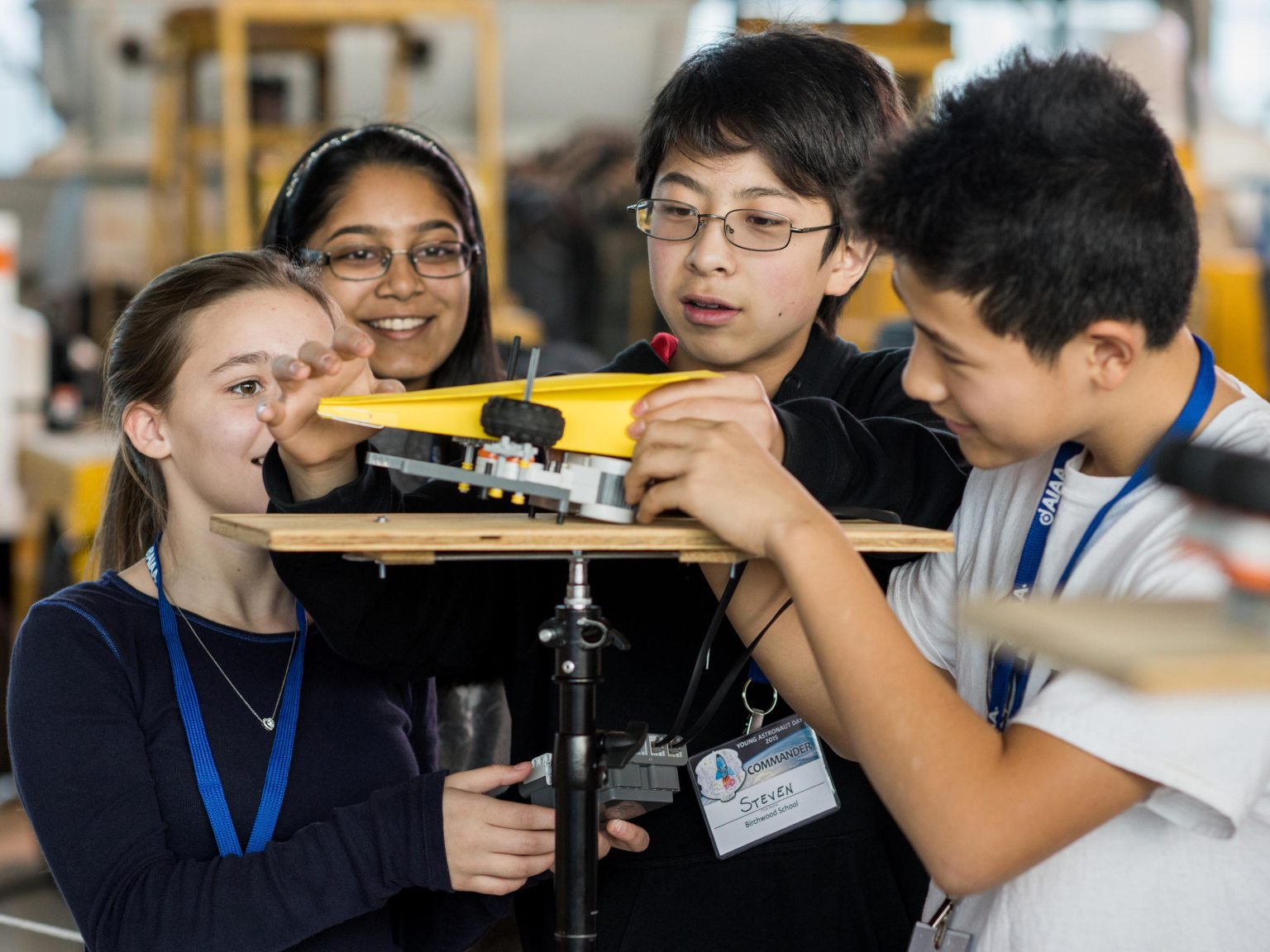
Reach
FY 2023 Participant numbers
Educators
Students
By the Numbers
The NASA Office of STEM Engagement (OSTEM) investments encompass four projects: the Minority University Research and Education Project (MUREP), National Space Grant College and Fellowship Project (Space Grant), Established Program to Stimulate Competitive Research (EPSCoR) and the Next Generation STEM Project (Next Gen STEM). OSTEM collaborates with NASA mission directorates, including the Aeronautics Research Mission Directorate (ARMD), Exploration Systems Development Mission Directorate (ESDMD), Science Mission Directorate (SMD), Space Operations Mission Directorate (SOMD), and Space Technology Mission Directorate (STMD); SMD’s Science Activation (SciAct) program and NASA centers and facilities, to maximize the agency’s reach and impact.
In Fiscal Year 2023 (October 1, 2022 – September 30, 2023), 768K+ student, 112K+ educator and 80.3K+ other participants engaged in NASA STEM engagement activities and educational content.
Participants
| NASA’s Organizational Health & Performance Reach of STEM Engagement Metric (FY 2023) | EPSCoR | NGS | MUREP | Space Grant | Other STEM Engagements | Totals |
| Participant Data | ||||||
| Total # of Student Participants | 842 | 87808 | 21709 | 603255 | 54943 | 768557 |
| Total # of Educator Participants | 812 | 14066 | 2757 | 32759 | 62173 | 112567 |
| Total # of Other Participants | 9 | 4069506 | 27902 | 477030 | 75801685 | 80376132 |
Participant Data Definitions:
- Student Participants represent all students reached through STEM Engagement investments
- Educator Participants represents educator participants reached through STEM Engagement investments including SciAct Educators
- Other Participants represents general public participants (e.g., uncategorized students of all ages, parents, educators, and adult participants) reached through collective STEM engagement investments, including 75.8M SciAct Learners
Significant Awards
- In Fiscal Year 2023, Space Grant, MUREP, Next Gen STEM, EPSCoR and SciAct grantee and awardee institutions reported 3,577 peer-reviewed publications, technical papers and presentations representing opportunities for learners to contribute to NASA’s aeronautics, space and science missions and work.
- Notably, 61 percent of the peer-reviewed and other technical publications were authored or coauthored by students.
- NASA provided 9,584 internships, fellowships, research opportunities, educator professional development, challenges and other college/pre-college STEM engagement opportunities to 8,999 student and educator participants representing K-12 institutions and higher education institutions including 2-year, 4-year institutions and all Minority Serving Institution (MSI) classifications. These significant awards provided a total of over $44.3M in direct financial support to participants.
- In these opportunities, 14.8 percent of participants identified as racially underrepresented* and 17.4 percent of participants identified as ethnically underrepresented**. Also, of the Agency’s higher education internships and fellowship positions 43.2 percent were filled by women.
NOTE, underrepresented statistics for race and ethnicity exceeded the national averages for underrepresented students enrolled in STEM degree programs (per the National Center for Educational Statistics – https://nces.ed.gov)
*Underrepresented racial categories (American Indian or Alaskan Native; Black or African American; and/or Native Hawaiian or Pacific Islander)
** Underrepresented ethnicity (Hispanic or Latino)
NASA STEM Engagement Highlights
Find out how NASA’s STEM opportunities and activities in fiscal year 2023 enabled students and educators to engage with the agency’s most ambitious missions and programs.
Read NASA STEM Highlights 2023 about NASA STEM Engagement Highlights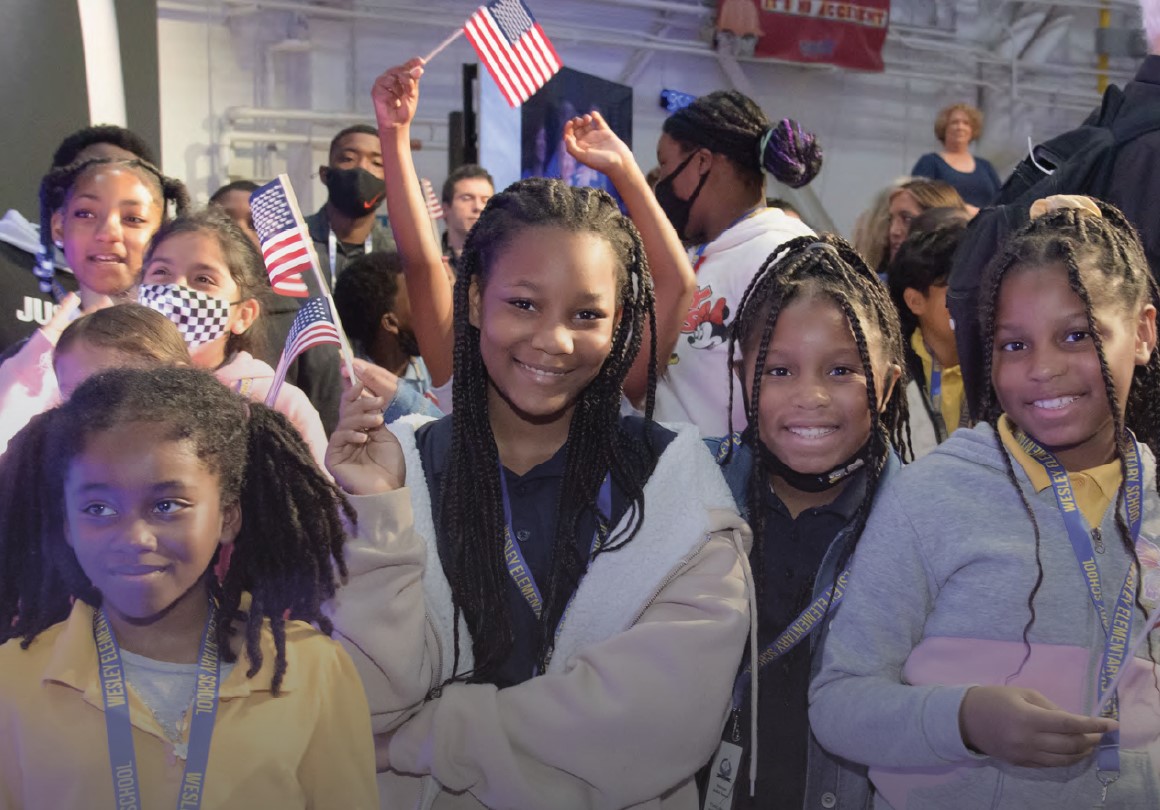
Featured Partnerships
NASA has gone beyond its established goals to engage in notable partnerships and campaigns to extend its reach. NASA collaborated across the STEM ecosystem through high-impact collaborative activities that complement its efforts to build a diverse future STEM workforce. These no-exchange of funds opportunities with industry and non-profits address mutually beneficial goals. In FY23, NASA supported 23 active national partnerships via Space Act Agreements or Memoranda of Understanding. This work resulted in over 7 million digital engagements including video views and product interactions.
Learn more about partnering with NASA STEM Engagement.



























